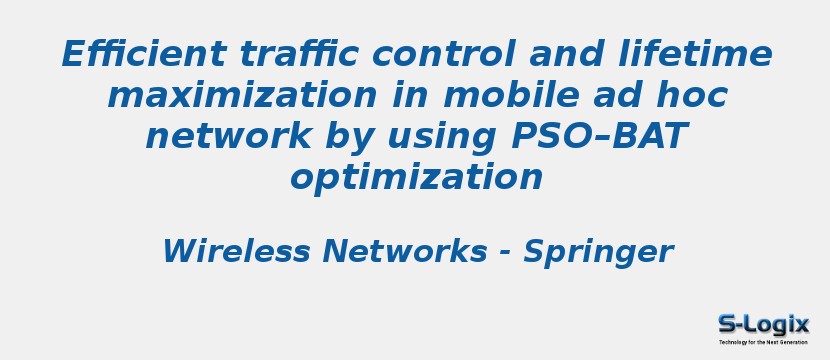Research Area: Mobile Ad Hoc Networks
Recent developments in dynamic mobile ad-hoc network enhance the network speed and reliability. The nodes in the dynamic ad-hoc network are moving in nature. Due to the increased subscribers in this network, the network traffic has increased to manifold which in turn creating the challenge of maintaining the energy level. In path optimization process in mobile ad-hoc network consumes more energy and the draining of the energy is dependent on network reliability and connectivity. Further, the network also suffers by harmful attacks such as denial of service attack, black hole attack and warm hole attack. The primary focus of this paper is to prevent these attacks with the help of dynamic mobile ad-hoc network on demand protocol and hybrid meta-heuristics methodologies, and also to reduce the energy drain rate. This is achieved by estimating the velocity and fitness value of the nodes. Finally, the empirical simulation results of hybrid particle swarm optimization with bat algorithm (PSO–BAT) shows that the energy drain rate level is reduced 90% as 1 mJ/s than ad-hoc on demand vector. The end-to-end delay minimized to 50% than existing Ad hoc on-demand distance vector routing. The performance metrics routing overhead and execution time has been reduced and throughput is gradually increased in PSO–BAT optimization in dynamic mobile ad hoc network scenario.
Keywords:
Author(s) Name: N. Sridevi,V. Nagarajan,K. Sakthidasan @ Sankaran
Journal name: Wireless Networks
Conferrence name:
Publisher name: Springer
DOI: 10.1007/s11276-019-02173-6
Volume Information: volume 27, pages 861–870 (2021)
